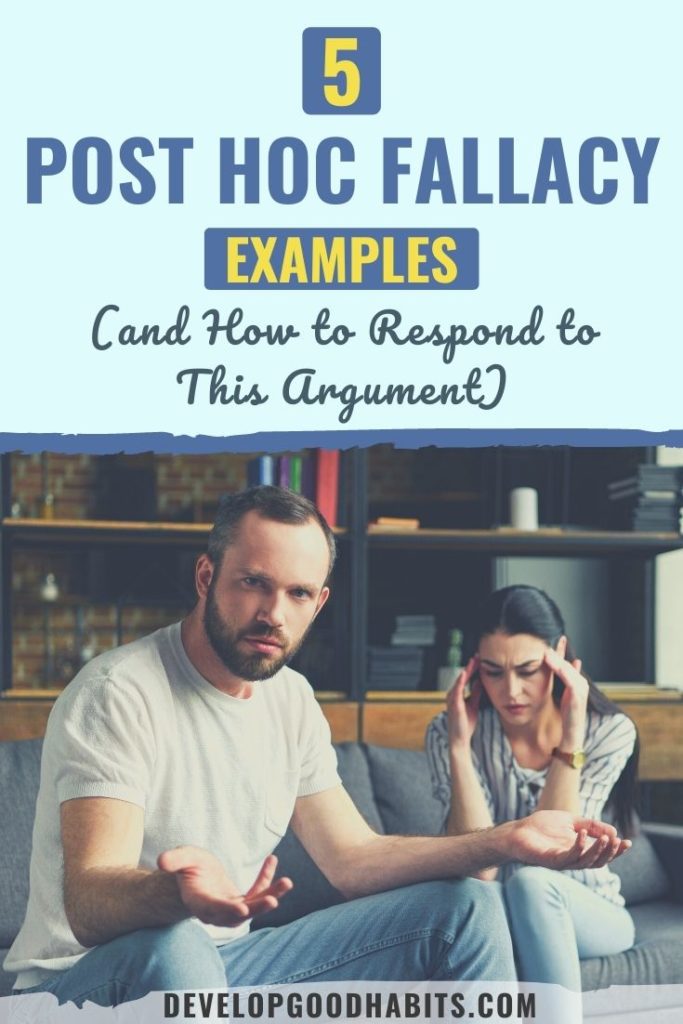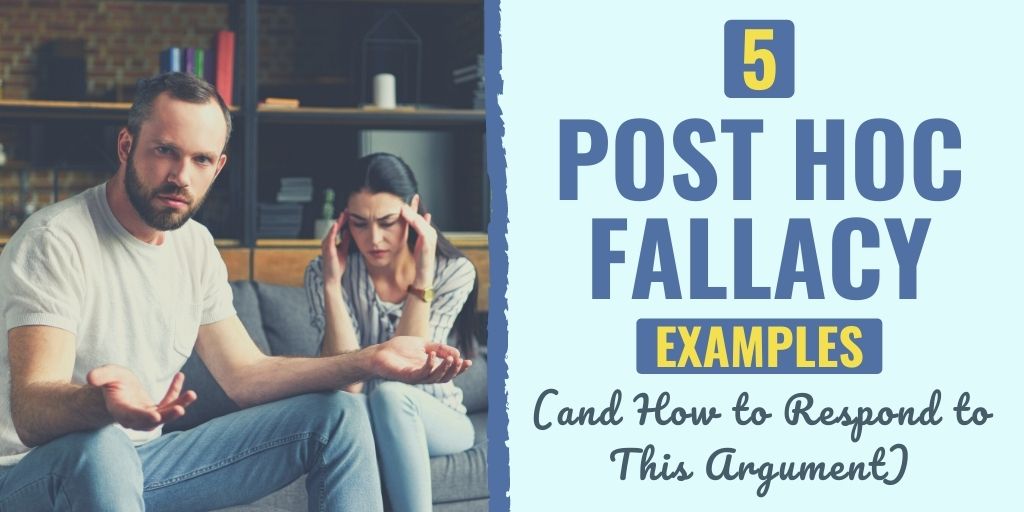There might be affiliate links on this page, which means we get a small commission of anything you buy. As an Amazon Associate we earn from qualifying purchases. Please do your own research before making any online purchase.
When I was 28, I got laid off from my favorite full-time job. I left work that day in tears, thinking my professional life was over.
I felt betrayed by my colleagues, with whom I had become extremely close. My boss, a big sister of sorts, all of a sudden felt like a stranger.
I went home…and I threw away my outfit.
Why?
I think I assumed the outfit was bad luck. Everything at work had been going fine up until that point, so it must have been something that I had done differently that day to cue this fate. That morning, I had chosen to put on that outfit, and not long after, I lost my job.
As it turns out, the company had lost its largest account just days prior, and I was one of many who suffered the consequences of that. But, at that moment when I was changing out of my work clothes, I assumed a post hoc ergo propter hoc fallacy–more commonly known as just a post hoc fallacy.
While this logical fallacy may sound complicated, it’s actually just simple enough that we all fall victim to it at one point or another.
So in this article, we will define the post hoc fallacy and look at five examples of what it looks like in everyday life. Then we will review some strategies that you can use to respond to this type of fallacious reasoning if you come across it in your daily life.
Let’s get to it.
What Is the Post Hoc Fallacy?
The literal translation of the Latin phrase “post hoc ergo propter hoc” is, “after this, therefore because of this.” The argument attempts to assign the causality of a situation to a previously occurring event, i.e. X occurred before Y, so X caused Y. The issue here is that it makes the grave mistake of assuming correlation equals causation, and I’m sure you remember reciting in school that this is not the case.
The post hoc fallacy concludes that because one factor happened before another, the initial factor must have caused the events to come. Now, there are a lot of cases in which this is true: you exercise, therefore you sweat; it’s nighttime, therefore you feel sleepy; you come to a red light, you stop. This basically defines the habit loop that we know so well. But when two events only have time as a common factor, the word “therefore” becomes incorrect.
When two things are correlated, there is some sort of link between them. However, causation means that one event caused the next to happen. As humans, we feel a strong motive to make sense of our surroundings and experiences, and assigning cause to things that happen in sequence feels logical. Doing so allows us to link facts with each other, which makes it easier for our brains to understand and accept them.
However, we live in a complex world, and what is easy to understand and accept isn’t always accurate.
Let’s look at how this might play out.
5 Post Hoc Fallacy Examples
1. In Medicine
Many post hoc fallacies have been explored in the search for causes and cures for diseases. For example, when searching for the cause of malaria, people once observed that those who went out at night tended to develop this disease. This led people to believe that the night air caused this disease, leading people to go to great lengths to shut the “bad air” out of their homes at night to avoid becoming infected.
It was later determined that mosquitoes carried this disease, which made sense because the mosquitoes came out at night, so the people they were infecting were also those who were out at night. But prior to making this connection, the cause of malaria was attributed to a factor that was based solely on a temporal ordering of events.
2. Sports Superstitions
There are a lot of rituals and superstitions in sports that people believe will help them win. Take baseball for example. Many players perform elaborate rituals when they step up to play because they believe they’re good luck, and as long as they perform their ritual, they will succeed at making their play.
Some sports players also carry a lucky charm of sorts with them while they’re playing. It has been said that Michael Jordan wore his UNC basketball shorts under his uniform during every NBA game. But would his basketball skills disappear one day if he didn’t have his lucky shorts? In a game with so many variables at play, holding onto a sense of control through a ritual can make players feel empowered. So while these things may not actually impact how they play, sports players hold onto the belief that they give them some sort of leg up in the competition.
3. COVID-19 and Strokes
Some have claimed that having the coronavirus can also cause people to have a stroke. While contracting COVID-19 and having a stroke may have some common factors, when you look at the bigger picture, you can see that one does not cause the other. Most people who recover from COVID-19 do not suffer a stroke and return to their normal health within a few weeks.
However, because more people–and more younger people–reported having strokes over the past year, a causal relationship was assigned. But just because these two health complications happen under the same conditions doesn’t mean that one causes the other. There are other variables that link the coronavirus with having a stroke that explain why there is not a cause and effect relationship between the two.
4. Crime
In 2005 and 2006, iPods got blamed for rising crime rates in New York City and nationwide. While these little devices may have been a hot commodity back then, there is no telling what every factor was that led to this increase in crime. Some point to the fact that people who have iPods are often distracted as they’re looking down and fiddling on their little devices, all the while their hearing is impaired due to whatever is playing through their earbuds at the time, which makes them an easier target for theft.
The economy has also been named the sole factor in determining crime rates. Many believe this makes sense–crime rates should drop when the economy is doing well and rise when jobs are few and far between. But there's actually not a lot of evidence to prove that the economy has an impact on crime, and a lot of anecdotal evidence that points against this claim
5. GMOs
With an increasing population and decreasing amount of fertile land, scientists have turned to genetically modifying various plants and animals to yield more usable food that can resist disease, be resistant to droughts, and generally feed more people. And while most people have been eating foods with GMOs in them on a regular basis for years now, there are some who pinpoint this to be the reason for rising rates of cancer.
Now, it’s true that there are some correlations between rising cancer rates and the use of GMOs; however, it cannot be claimed that GMOs are the sole cause that people are more rapidly developing cancer.
I will say, as in some of these other cases, the observation of a correlation may be a starting point for further investigation. But you can’t assume one event leads to the next because of the time sequence.
Let’s look at how you can respond to this argument if you come across it in everyday life.
How to Respond to the Post Hoc Fallacy
As with other logical fallacies, the best way to respond to the post hoc fallacy is with evidence or facts. If you’re the one making the argument, back up whatever you have to say with evidence aside from the temporal order of events. Observing that one event frequently precedes another can suggest a relationship, but you have to dig deeper to explore the relationship between the two events and any other factors surrounding them if you want to claim that one causes the other.
So, if you are claiming that A causes B, you need more information about how A caused B than just a timeline.
If you’re responding to this fallacy, point out the common factor of time and ask for further proof that there is a relationship between two events. To counter the argument, identify its flaw in reasoning and then explain why the logic is flawed. If you don’t have an opposing argument, present the speaker with facts from this website, which shows chance correlations that are obviously not due to cause and effect. This can help prove that correlation does not equal causation, and therefore, the post hoc fallacy is a cognitive bias.
Most importantly, pay attention to any tendency you may have to assume one event caused the next. Look at the relationship between the two events and try to decipher what caused each of them. Question your assumptions, be open to accepting other explanations, and be willing to change your mind.
Final Thoughts on the Post Hoc Fallacy
Logical fallacies such as the post hoc fallacy pollute sound reasoning all the time. Because of this, it’s important to know about logical fallacies and how you can respond to one, should it come up.
In this article, we learned that you can’t look at a sequence of events to determine a cause. After reading the examples, you may have been able to relate with an example from your personal life. Next time you come across this form of logic, address it head on and challenge the speaker to present solid evidence to back up their case.
Here Are Other Posts About Logical Fallacies
- 5 Appeal to Nature Fallacy Examples in Media and Life
- 6 Outcome Bias Examples That Can Negatively Impact Your Decisions
- 7 Self-Serving Bias Examples You See Throughout Life
- 7 Omission Bias Examples That Negatively Impact Your Life
- 6 Authority Bias Examples That Might Impact Your Decisions
- 5 Burden of Proof Fallacy Examples
- 5 Appeal to Tradition Fallacy Examples in Life
- 5 Appeal to Authority Logical Fallacy Examples
- 7 False Cause Fallacy Examples
- 7 Appeal to Ignorance Fallacy Examples
- 7 Appeal to Common Sense Logical Fallacy Examples
- Gambler’s Fallacy: 5 Examples and How to Avoid It
- 5 Appeal to Anger Fallacy Examples Throughout Life
- 7 Halo Effect Bias Examples in Your Daily Life
- 7 Poisoning the Well Examples Throughout Your Life
- 7 Survivorship Bias Examples You See in the Real World
- 7 Dunning Kruger Effect Examples in Your Life
- 7 Either Or (“False Dilemma”) Fallacy Examples in Real Life
- 5 Cui Bono Fallacy Examples to Find Out “Who Will Benefit”
- 6 Anchoring Bias Examples That Impact Your Decisions
- 7 Virtue Signaling Examples in Everyday Life
- 7 Cherry Picking Fallacy Examples for When People Ignore Evidence
- 9 Circular Reasoning Examples (or “Begging the Question”) in Everyday Life
- 9 Appeal to Emotion Logical Fallacy Examples
- 9 Appeal to Pity Fallacy (“Ad Misericordiam”) Examples in Everyday Life
- 9 Loaded Question Fallacy Examples in Life and Media
- 9 Confirmation Bias Fallacy Examples In Everyday Life
- 9 Bandwagon Fallacy Examples to Prevent Poor Decisions
- 5 Red Herring Fallacy Examples to Fight Irrelevant Information
- 9 Middle Ground Fallacy Examples to Spot During an Argument
- 5 False Equivalence Examples to Know Before Your Next Argument
- 7 Hasty Generalization Fallacy Examples & How to Respond to Them
- 6 Straw Man Fallacy Examples & How You Can Respond
- 6 False Dichotomy Examples & How to Counter Them
- 7 Slippery Slope Fallacy Examples (And How to Counter Them)
- What is the Planning Fallacy?
- How to Overcome the “Sunk Cost Fallacy” Mindset
Finally, if you want a simple process to counter the logical fallacies and cognitive biases you encounter in life, then follow this 7-step process to develop the critical thinking skills habit.

Connie Mathers is a professional editor and freelance writer. She holds a Bachelor's Degree in Marketing and a Master’s Degree in Social Work. When she is not writing, Connie is either spending time with her daughter and two dogs, running, or working at her full-time job as a social worker in Richmond, VA.



